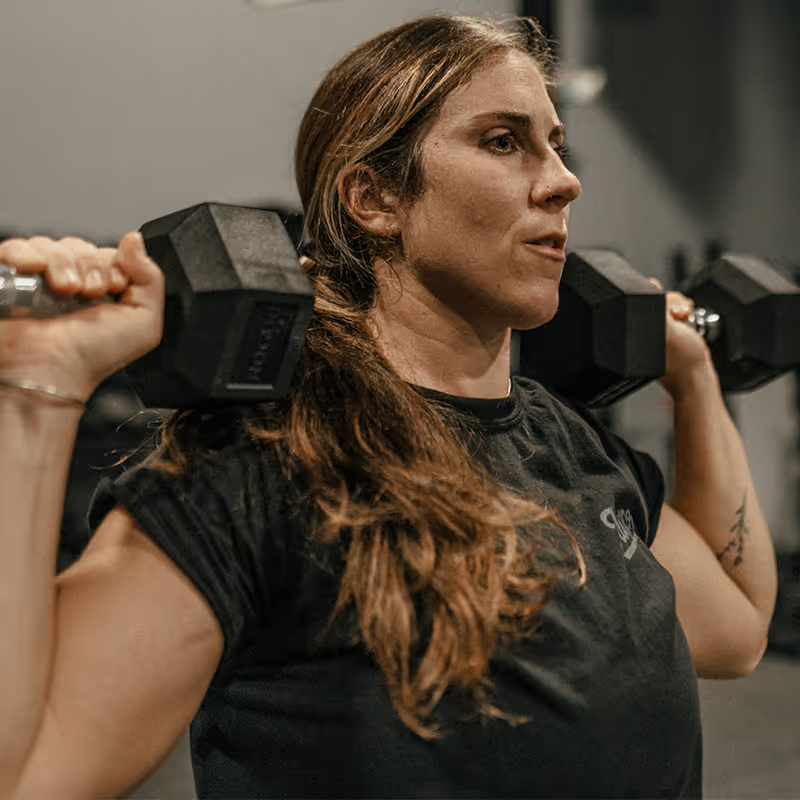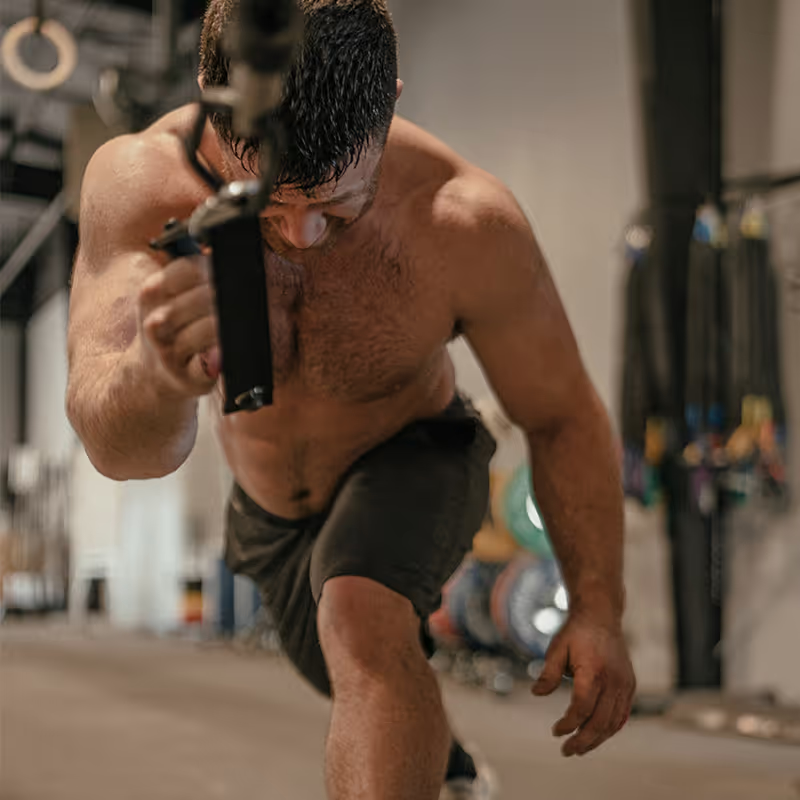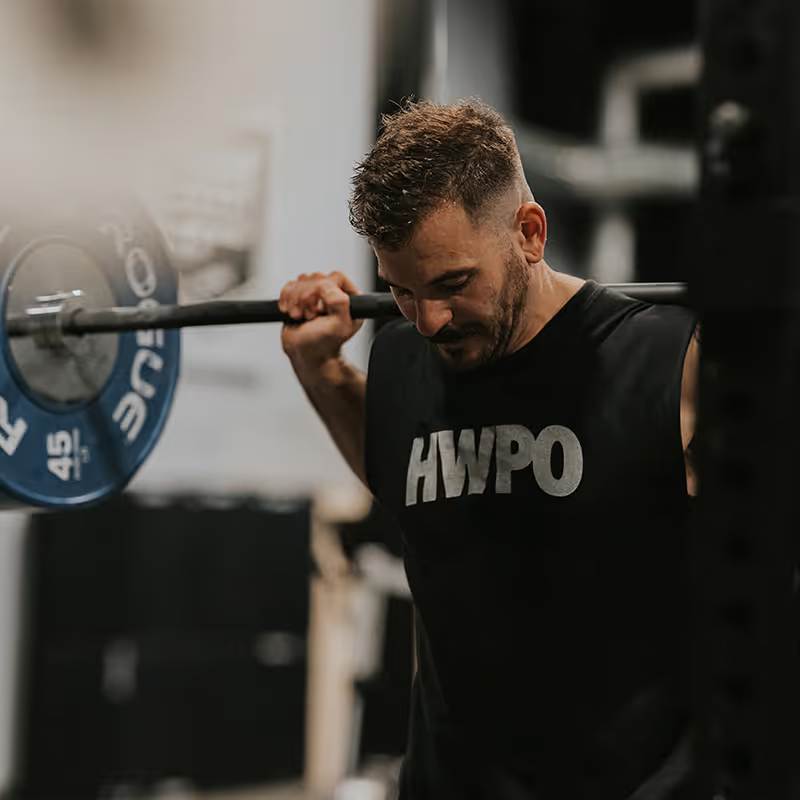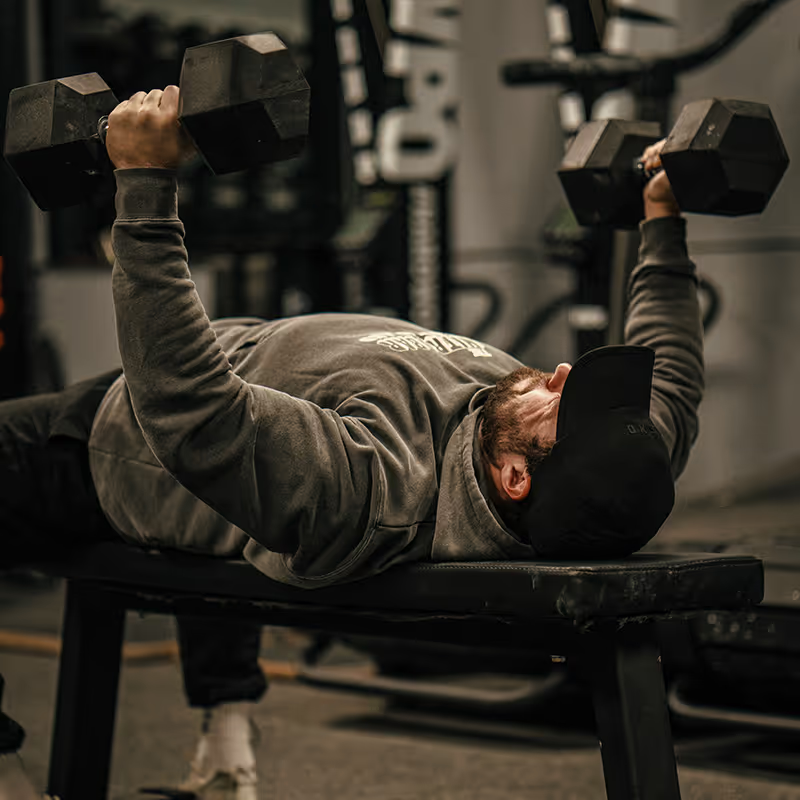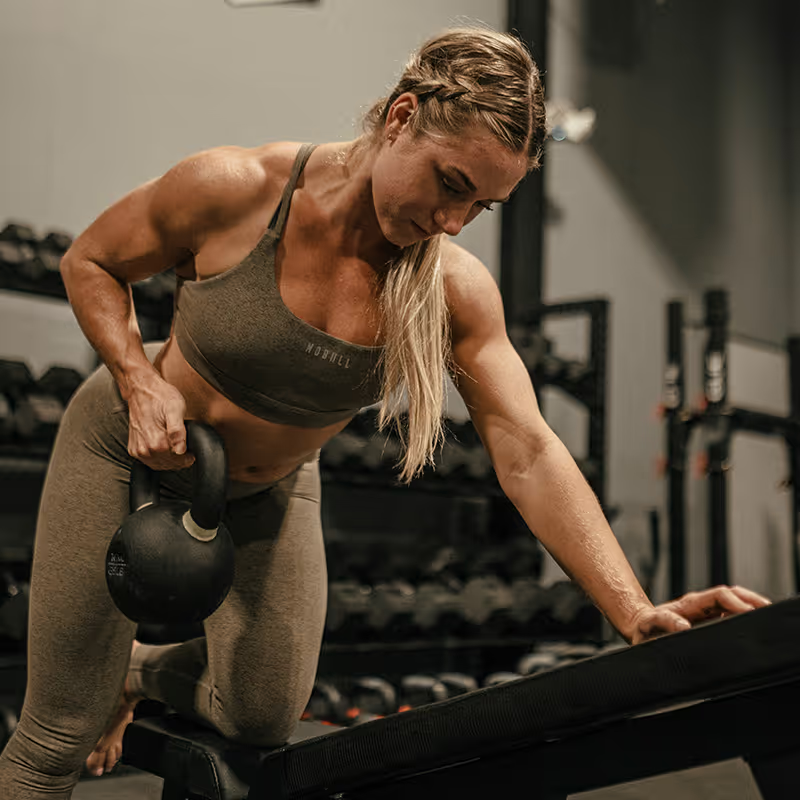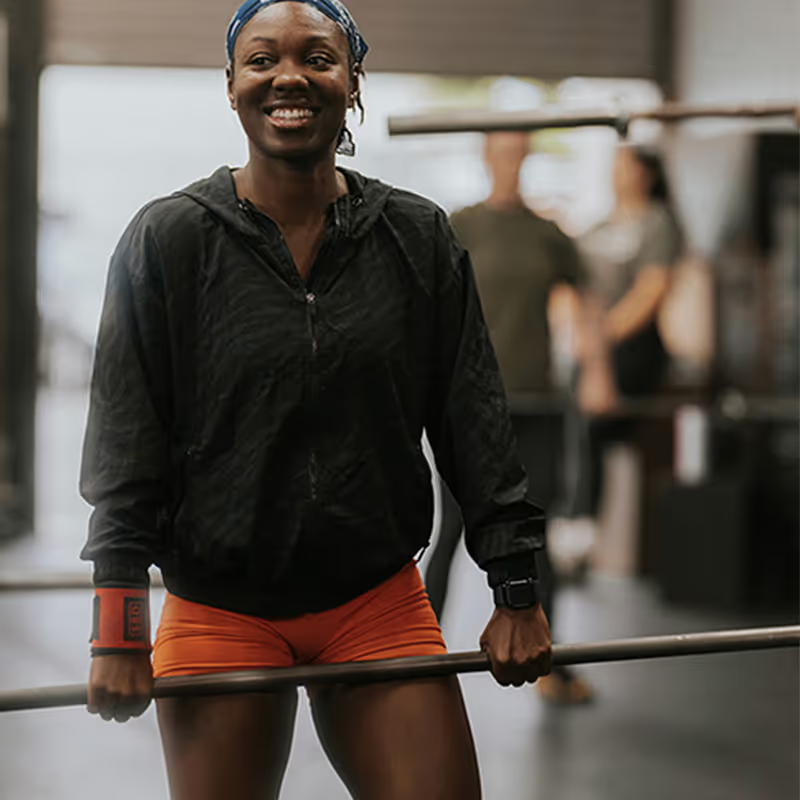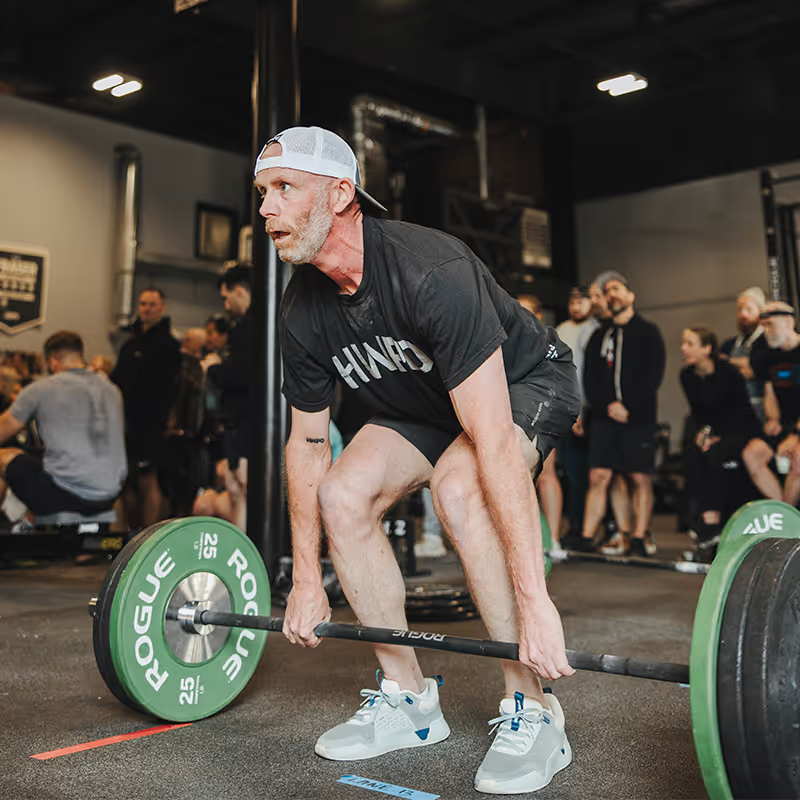STRONG 2.0 | Coach Jake’s Training Principles
STRONG 2.0 isn’t just a program—it’s a smarter way to train. In this post, Coach Jake Marconi breaks down the five training principles behind STRONG 2.0, blending structure with flexibility and intensity with intention. Whether you’re chasing PBs or just trying to stay consistent, these principles are your blueprint for real, lasting progress.
Aug 12, 2025
With the launch of STRONG 2.0, I wanted to share the training principles I’ve used throughout my training career. They’re a culmination of what I’ve learned over the years, and now, I’m bringing them to you. STRONG 2.0 is about training smarter. Understanding why you’re doing what you’re doing, and how to get more out of it. That starts with my first principle.
DO MORE (WHEN YOU CAN)
Progress in strength training isn’t complicated. You don’t need to change the plan every week or chase some flashy new method. Often, the most effective way to progress is to do more. More reps, more weight, more sets, but only when you can.
How do you know if “more” is the right move? Ask yourself
Are you making progress?
If yes, keep going.
If not, ask yourself: Am I feeling fresh?
If yes, do more.
If not, do less.
That’s it. Be honest with yourself. Don’t overcomplicate it. There’s no magic. And here’s the truth—if you’re surviving on four hours of sleep, eating like trash, and juggling life stress, that’s not a training problem.
DON’T JUST BLINDLY FOLLOW SETS AND REPS
If you want results, you can’t just tick boxes; you need to learn how to approach your training to get the most out of each session. I’m here to teach you how with my second principle.
INTENSITY. WHAT DOES IT MEAN?
Intensity is often thrown around, but what does it mean for your training? In STRONG 2.0, it’s not just about how heavy the bar is or how out of breath you are; it’s about how engaged you are. There are three layers to intensity:
Intention – Are you focused? Present? Are you trying to get better at a specific thing today?
Objective Intensity – What’s the weight on the bar compared to your 1RM? How close is your pace to your fastest?
Perceived Intensity – How hard does it feel? Are you coasting or pushing?
Not every session needs to hit all three. That’s not real life. But every session should challenge you somewhere. You should aim to bring intensity in one of those three ways to every session and feel like you brought the noise.
LIFE CAN GET IN THE WAY AND WE CAN’T ALWAYS FOLLOW THE PLAN
On the days when life makes it difficult, you don’t need to do everything in the program for the sake of adherence. We’re looking for results, not check marks. When this happens, STRONG 2.0 doesn’t demand perfection; it asks for a rethink on strategy. My third principle will explain what I mean.
ROUGHLY 20% OF YOUR TRAINING BRINGS 80% OF YOUR RESULTS
It’s called the Pareto Principle. In training, that usually means 1–3 exercises, or parts of a session, carry most of the load. Big compound lifts. Key accessories. High-skill movements that demand your attention.
When time is tight or motivation’s low, don’t do it all. Do what matters. Do it with intensity. That’s enough. It’s not about hitting everything—it’s about hitting the right things. Keep the main thing the main thing.

THERE WILL BE GOOD DAYS AND THERE WILL BE BAD DAYS
You don’t need to do every session on the day it’s supposed to be done. You don’t need to scrap everything and start over if you miss a day. But you need to SHOW UP more often than you don’t. My next principle explains how to approach consistency.
NOT EVERY WEEK WILL BE SEAMLESS
You might miss a day. Or shift a session. Or squeeze a metcon in between meetings and meltdowns. That’s not failure. That’s real life. Here’s a rule I live by:
THE OTHER 80/20 RULE (CONSISTENCY)
Here’s another 80/20 rule: if you’re consistent 80% of the time, you can afford to be lenient 20% of the time. This rule is often applied to nutrition, but it holds up in training, too. That said, don’t mistake 80% consistency for casual effort.
If you’re training five days a week for fifty-two weeks a year, that’s 260 days of training; 80% of 260 is 208.
208 is still a ton of sessions. 80% consistency is not an easy number to hit. If you're consistent 80% of the time, most people will see you as “the fitness-obsessed person.”
That’s how high the bar is. Consistency is what changes your body and your capacity. Perfection is fragile. Consistency is durable. You don’t need perfect days; you need reps. STRONG 2.0 is here to support you through the chaos and keep the needle moving.
NO TRAINING PLAN SHOULD IGNORE HOW YOU FEEL
Some people swear by strict percentages. Others only train by fee using RPEl. But in STRONG 2.0? We use both because training is a mix of structure and awareness. You need a plan, but you also need the ability to adjust. My final principle zones in on this concept.
PERCENTAGES GIVE US STRUCTURE
They’re a reliable way to prescribe intensity for most lifters, assuming a few things:
Your 1RM is accurate
Your technique is consistent
Your recovery is solid
Your training environment is stable
But let’s be real. For most of us, at least one of these is always unchecked.
RPE ADDS FLEXIBILITY
Rate of Perceived Exertion (RPE) allows you to autoregulate based on how you feel in the moment. It takes time to get good at rating effort honestly, but it’s a skill worth learning. You don’t need to be a scientist, just honest.
RPE 8 = you had about 2 reps left in the tank.
RPE 9 = maybe 1 left.
RPE 10 = you gave it everything.
TOGETHER RPE AND PERCENTAGES GIVE US THE BEST OF BOTH WORLDS
You get structure and awareness. You learn when to push and when to hold. You stop training like a robot and start treating training like a practice. What it looks like in practice:
Let’s say you’ve got squats at 80% x 5 reps @RPE 8.
You load 80%, squat it, and it feels like an RPE 6. Too easy? Add a bit.
You load 80% and it feels like a 9? Back off slightly.
Same program. Same intent. But now you're learning to listen to your body and execute the plan. STRONG 2.0 isn’t just a training plan. It’s a system for long-term progress, a structure that gives you the blueprint for life-long success in the gym. SHOW UP. WORK HARD. Adjust when needed. Then, SHOW UP again.


Train with purpose and intent
With the launch of STRONG 2.0, Coach Jake Marconi breaks down his training principles to give you the knowledge and understanding of “why” we train the way we do and how to get the most from it.

